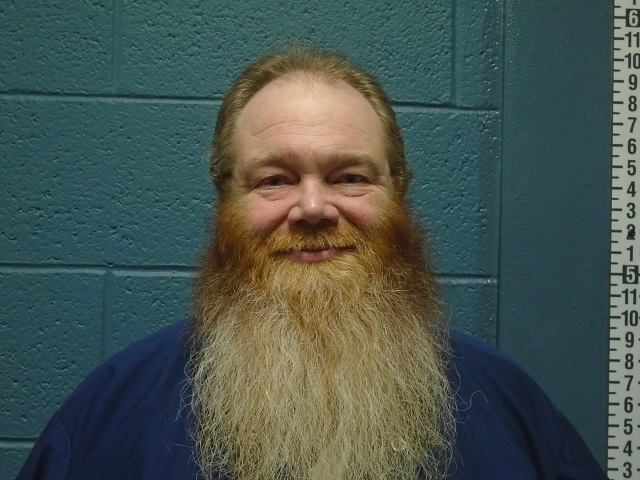
Michigan AG Dana Nessel
Locked up for more than three decades for murder, Gilbert Lee Poole, Jr. had been serving a life sentence since 1989 based largely on a form of forensic evidence once widely used but no longer deemed reliable: bite mark analysis. Now that DNA evidence has ruled him out as the killer, Michigan Attorney General Dana Nessel (D) hailed his exoneration as the debut act of her two-year-old Conviction Integrity Unit.
“When we established this team in 2019, we made a commitment to ensuring those convicted of state crimes are in fact guilty while also providing justice to those wrongfully imprisoned,” Nessel said in a statement. “I appreciate the tireless work the unit put in alongside the WMU-Cooley Innocence Project to reach this outcome for Mr. Poole.”
The attorney general made the announcement during a press conference on Wednesday morning, shortly after a judge vacated Poole’s convictions during a Zoom hearing.
“I have to say that I didn’t understand what was happening back in 1988 when I came to court to be tried for a murder I didn’t commit,” Poole said during that hearing, according to his lawyers. “At 22 years old, and a thousand miles away from anyone I knew, I kicked and screamed and stomped my feet and said ‘This is not right.’”
According to Michigan Department of Corrections records, Poole will leave the G. Robert Cotton Correctional Facility a 56-year-old man.

Michigan Department of Corrections photo of Gilbert Lee Poole.
Poole’s case stemmed from the disappearance of Robert Mejia, whose fatally stabbed body was found in Pontiac, Michigan, some 20 miles northwest of Detroit, on June 7, 1988. Several people who last saw Mejia leaving the bar with an unidentified man provided descriptions used for composite drawings that ran in Oakland County’s press.
According to Nessel’s office, the trail ran cold for months until Poole’s then-girlfriend implicated him in the murder that November, leading to his arrest and ultimate conviction. But the case against Poole largely relied upon since-discredited bite mark analysis, with an expert testifying that Poole’s teeth matched the marks on Mejia’s body.
In 2009, some two decades into Poole’s sentence, the National Academy of Sciences released a groundbreaking report titled “Strengthening Forensic Science in the United States: A Path Forward,” which found “a high percentage of false positive matches of bite marks using controlled comparison studies.”
“No thorough study has been conducted of large populations to establish the uniqueness of bite marks; theoretical studies promoting the uniqueness theory include more teeth than are seen in most bite marks submitted for comparison,” the report states. “There is no central repository of bite marks and patterns.”
Another decade would pass before Nessel’s election as Michigan attorney general and her speedy establishment of the conviction integrity unit.
Poole’s lawyer Marla Mitchell-Cichon of the Western Michigan University Cooley Law School Innocence Project said her client’s conviction was based on “unreliable evidence.”
“I commend the Michigan Attorney General and her establishment of a conviction integrity unit that will investigate claims of innocence and uncover the truth,” Mitchell-Cichon wrote in a statement.
Recounting himself studying, reading and learning law from behind bars, Poole described a spiritual awakening before the breakthrough in his case.
“It wasn’t until I surrendered to a higher power and God stepped in and sent me a band of angels to look past the rules and regulations and looked to see who was standing in the furnace,” Poole said in a statement. “I was standing in the furnace. I didn’t belong here.”
Nessel says her conviction integrity unit has received more than 1,300 requests for assistance.
(Photo by Bill Pugliano/Getty Images)